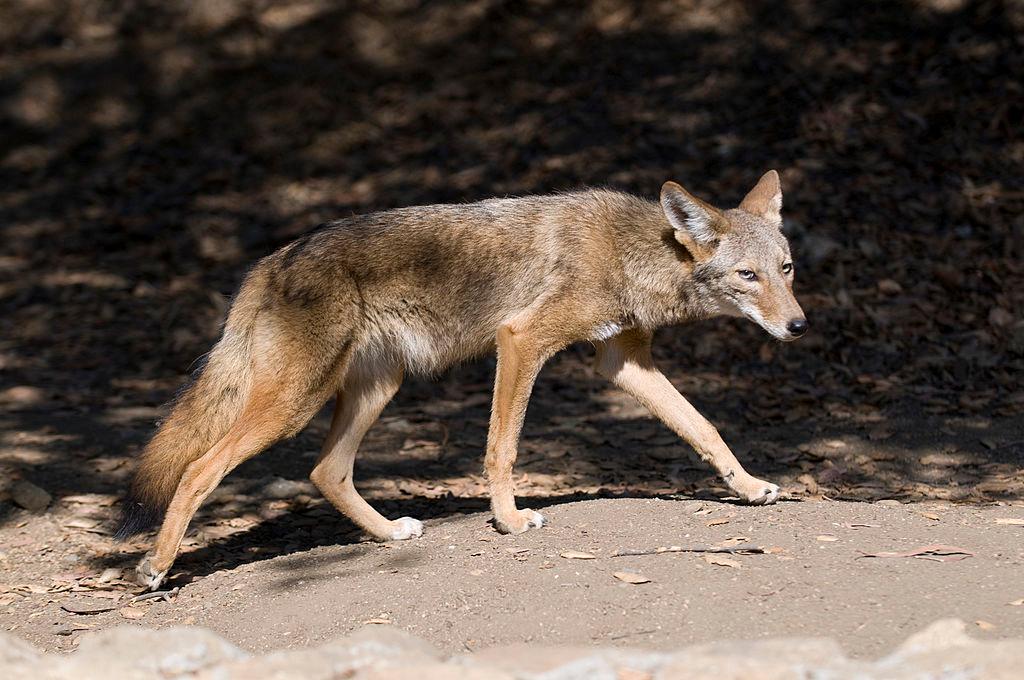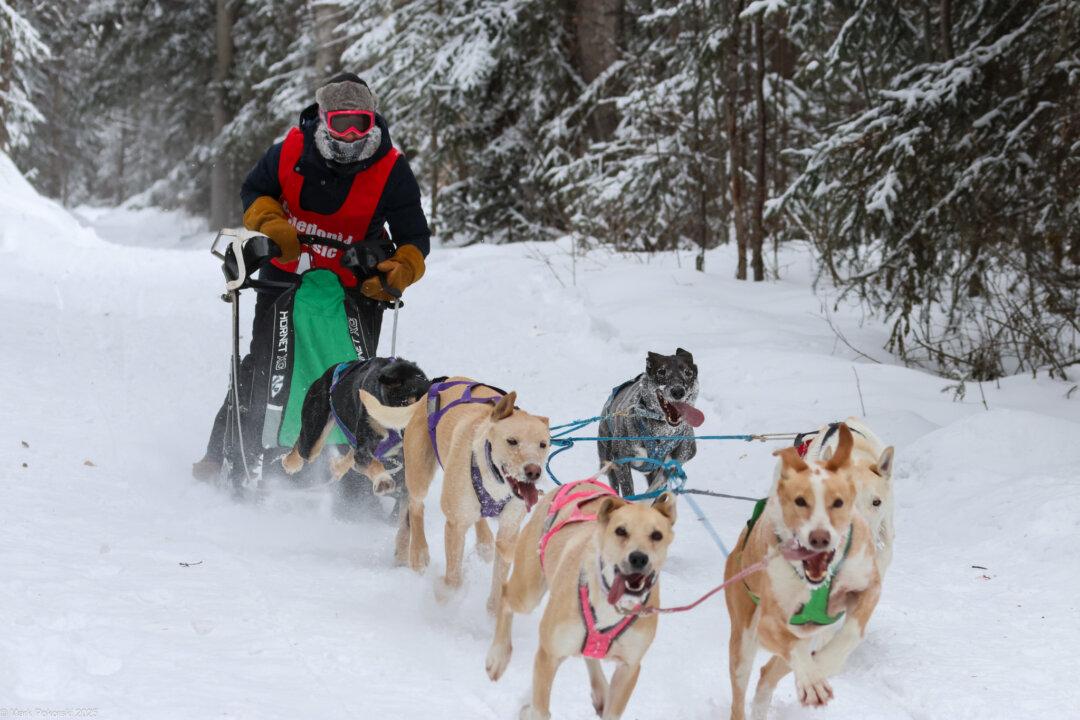A 4-year-old child has been attacked by a coyote in the Winnipeg area. It’s the second such attack in the area within a week.
Manitoba Natural Resources said the attack happened the evening of June 30 in the North Kildonan area, in north Winnipeg. “The child has been treated and released from hospital,” said a government news release.





